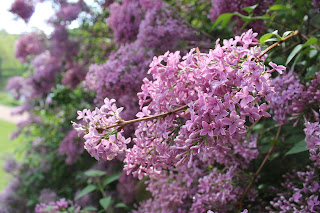Prompt
What functions does public urban greenspace perform in a city in general, and
specifically in Copenhagen?
Public urban greenspace has been revitalizing cities since the 1830's, when the park movement was created. Some of the earliest greenspaces were designed by John Claudis Loudon, such as the Derby Arboretum. In addition, Sir Joseph Paxton facilitated the process of people being able to access the Chatsworth gardens and see its grounds. He was also a notable figure in designing the Great Stove greenhouse, and later another greenhouse called the Crystal Palace and Birkenhead Park. Many of the early parks were private or for those of a high social standing, but through time, parks expanded throughout the public sector. Many of these early greenspaces such as Derby influenced other designs such as Central Park, and even Botanisk Haven which the class visited today.
The idea of "greening" Copenhagen began in 1888, when there was a decommission of the existing medieval fortifications. Inspired by the early parks as well, Henrik August Flindt designed much of the early urban greenspace found today in Denmark. This idea of improving quality of life for city dwellers was on the rise, and public parks expanded throughout Denmark, and more specifically, Copenhagen.
The Fingers Plan of Copenhagen was established in 1947, and greenspace filled in the spaces between urban areas and transit routes, essentially "between the fingers." The main drive behind this design was the idea of people being able to be near greenspaces in close proximity. Now, people don't have to travel outside of Copenhagen to be within nature. Everyone should be able to access a park or other greenspace within 15 minutes.
As we see today in Copenhagen, the people are put first. Public urban greenspaces will provide urban dwellers will improved quality of life. These spaces also provide a sense of community, as people of different cultures, demographics, and backgrounds are brought together.
In addition to these social aspects, the environment is a driving force being greenspaces as well. Today, Copenhagen is often referred to as the "Greenest City in Europe." The city aims to be carbon neutral by 2025, and at this rate with the expansion of urban greenspaces in conjunction with energy innovations, I believe the city will reach its goal.
Ørstedsparken
Botanisk Have
Østre Aniceg
Kastellet























